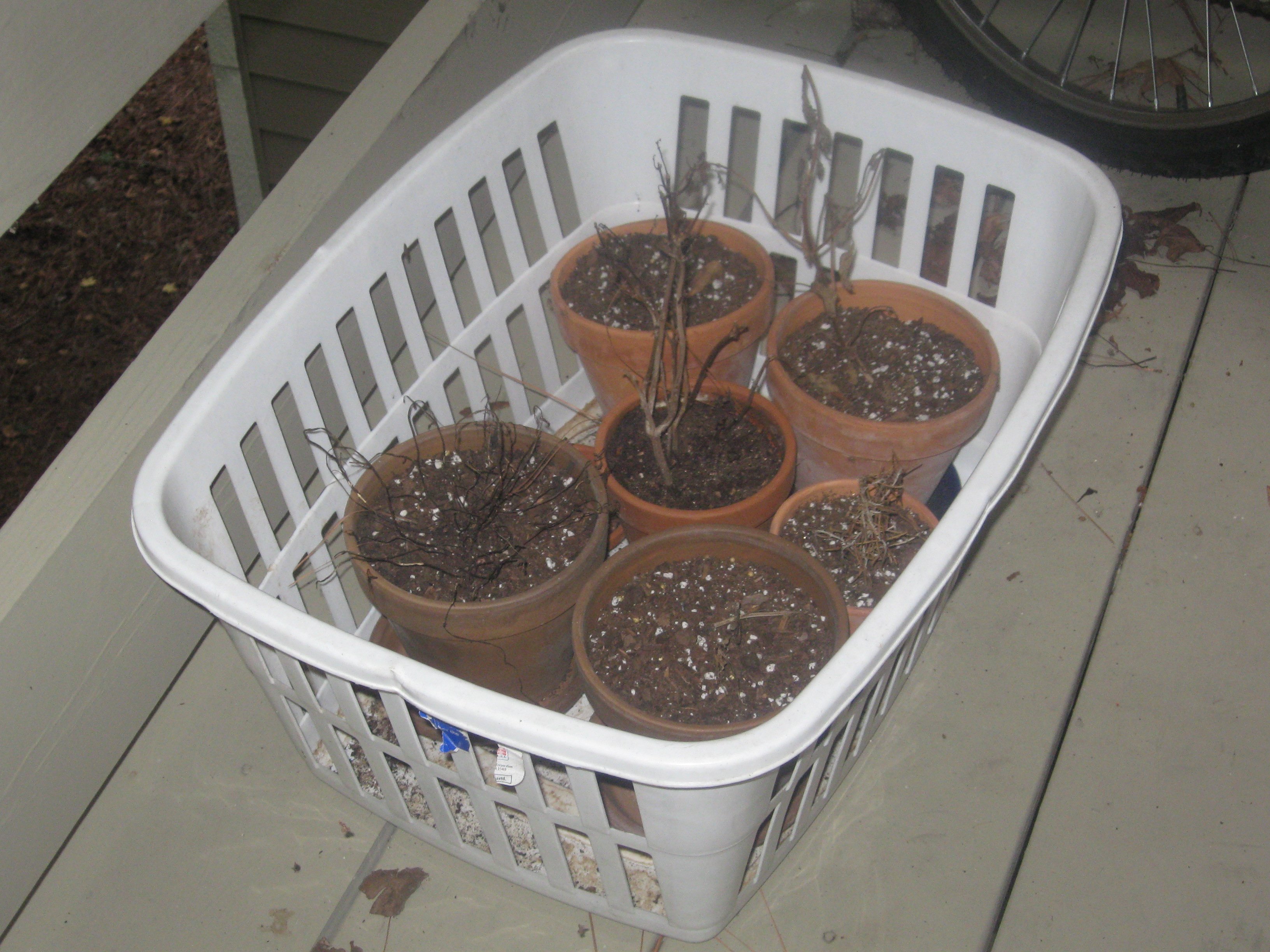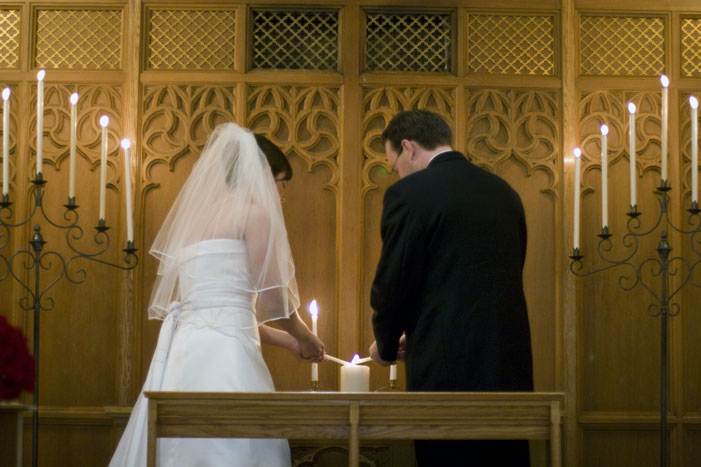As a happy renter, I’m continually amazed at the fact that people are in such a hurry to become homeowners. Don’t get me wrong, I plan to be a homeowner someday. But right now, I’m enjoying the freedom of renting.
When our air conditioner broke at the beginning of the summer and the maintenance man showed up to fix it for free, I was pretty relieved that we weren’t homeowners. And in two years when we pick up and move again, I’m sure we’ll be relieved that we don’t have to deal with selling a house in a down market.
If you know how to get what you want as a renter, it can be a happy experience for everyone involved. Here are some tips I’ve picked up after living in four different apartments in two different states for the past 5 years:
1. Stick with professional leasing companies that own multiple units or properties.
There are always exceptions to the rule, but for the most part, the majority of renter horror stories I’ve heard were from people who rented from a part-time landlord. In other words, someone who isn’t a professional leasing agent. These are people who own an extra property that they choose to rent out, but a lot of times they don’t know what they’re doing. Part-time landlords often don’t have the money to maintain the property. They collect your rent and spend it every month, but if there’s a major problem, they can’t afford to fix it for you.
Leasing companies that employ leasing professionals have the resources to maintain your home. They also employ full-time agents and trained maintenance staff to address your problems. In my opinion you’re less likely to get ripped off and more likely to get professional service. Your part-time landlord might show up with a tool box to fix your sink when he can’t afford to hire a plumber, but he probably doesn’t know what he’s doing.
2. Figure out what would make the apartment perfect for you, and ask for it before you sign the lease.
The only time that you have the upper hand in the leaser/leasee relationship is before your signature is etched permanently onto the lease. The more you appear to be reconsidering, the more your landlord is willing to give you. For example, when we were apartment hunting, we were blown away by the ridiculously high security deposits and pet deposits. By telling the landlord that we felt they were too high, 9 times out of 10 the landlord offered to lower them. One of them even offered the completely waive the $300 pet deposit. That’s a lot of money for just asking.
This also works for upgrades. Do you love the layout, but hate the carpeting? Tell the landlord, and they might throw in an upgrade as part of your lease. I’ve gotten new appliances, new bathroom and kitchen flooring, and new carpeting just by asking before the lease was signed.
You have this advantage again every year when your lease comes up for resigning. This year, we got free washer/dryer connections (an upgrade that normally costs $30/month), a free carpet cleaning, and a $5 rent increase instead of the $15/month they originally wanted to raise it. We got all of those things just by telling them we were thinking about moving and asking before we resigned.
But this is important: if they offer it, get it in writing. Landlords are notorious for making false promises, but once it’s written into the lease they’re bound by the law. If they’re not willing to put it in writing, then they’re not really willing to do it. Run away from these dishonest landlords as fast as you can, no matter how great the apartment is.
3. Look at the actual unit before you sign the lease.
In Indiana, landlords are required to show you the actual unit before you sign the lease so you can make sure it doesn’t have problems.
We came to look at apartments in North Carolina two months before we moved here, and were disappointed to find out that none of the landlords were willing to show us the actual unit or even tell us the address due to “privacy laws.” They had a well kept, decorated model that no one had ever lived in, but that isn’t really an accurate representation of the apartment you’ll be renting.
We looked at 10 different apartments, and the story was the same at each one. I’m still skeptical about the legality of this, but we were in a hurry to get a lease signed because we were only here for a weekend. Always ask if you can see the actual apartment, though.
4. Read your lease front to back before you sign.
This is easier in some states than others. In Indiana, I always signed the leases months before move-in day, and could take it home and look it over before signing. This is ideal. It gives you time to look over the lease and make an informed decision.
In North Carolina, none of the landlords were willing to let us sign a lease in advance. All of the landlords gave me the same story. In North Carolina, they told me, you have to wait until move-in day. Again, we were in a hurry, so we went with it, but I was wary. Reading the lease was a lot harder on move-in day with the landlord standing over me with keys in hand, especially with a moving truck full of our stuff in the parking lot. What were our options if we found a problem with the lease? We didn’t have many.
To be fair, most leases are pretty standard. I’ve never found anything outrageous in a lease. But it’s important to know who’s responsible for what when you enter into a legal agreement. Believe me, they’re going to hold you responsible for what’s in that lease, whether you know about it or not. Ignorance isn’t an excuse.
On the flip side, thorough reading familiarizes you with what they’re promising to do in the lease so you can hold them accountable for their end of the bargain. Do they promise to pay for an exterminator if you get a pest problem or will you be responsible? Do they offer a free carpet cleaning? Are they responsible for changing light bulbs in built-in fixtures? What kind of fee will they charge you if you violate the terms of your lease? You won’t know unless you read it.
5. Ask for what you want, and ask often.
Every time someone tells me a renter horror story, I alway ask the same questions: “Did you tell your landlord, and how many times did you ask them to fix it?” I am amazed at how many people either don’t bother to tell the landlord or give up after one try. Whenever there’s a maintenance problem with my apartment, I park myself in the landlord’s office until it’s fixed. I’m not rude or aggressive. I just make myself very visible.
When we moved into the apartment where we live now, the previous tenants had left meat in the refrigerator. The power was turned off for weeks before they landlord sent in the cleaners. The refrigerator smelled like rotten meat. For a week I fought with the landlord, who casually told me, “Try putting baking soda in it.” Um, I had scrubbed out the refrigerator 5 times with bleach and it still stunk … baking soda wasn’t cutting it. Finally, after a week of visiting the office every day, they replaced my refrigerator. But they wouldn’t have done it if I had given up.
You have to remember, most landlords are dealing with the problems of many other tenants. I’m not saying it’s the right way to do business, but they often fail to remember you, or they prioritize their to-do list based on who’s annoying them most.
They also want to spend as little as possible to keep you happy, so they won’t offer to spend money to fix your problem unless you make it clear that you’re not going anywhere.
You don’t even have to be annoying for this to work; you just have to make yourself memorable. Stop in and say hello even when you don’t have a problem. Make sure they know your name, and they’re less likely to forget about you when there’s a problem.
6. Make friends with the maintenance staff.
This one is invaluable. Every time I move into a new apartment, I keep an eye out for the maintenance staff. When I see them, I always introduce myself, and I try to chat with them whenever I can. We also make cookies for the maintenance staff during the holidays and send them a special thank you card.
Maintenance people are the hardest working people at any leasing company, and they deserve credit for their hard work. After all, they keep everything in our apartment running smoothly.
But there’s another reason. If the maintenance person knows you, he or she will be more likely to make your needs a priority when they see you on their to-do list.
We also make it a point to never blame the maintenance staff in the event of a problem. We always take it up with the landlord, even if it’s possible that it’s the maintenance man’s fault (it usually isn’t). Ticking off your maintenance staff is a sure way to end up without air conditioning for a week while they take their time about fixing it, because they’re just “too busy.”
7. Carry a renters insurance policy.
I talked extensively about this in an earlier post that you can read here. But the gist is, renters insurance covers damage to your personal property in the event of theft or disaster. Landlords rarely cover your personal property, so renters insurance is worth the money, especially since it usually costs under $20 a month.
8. Only move if it’s absolutely necessary.
Many renters are unhappy with the temporary nature of apartment living. It doesn’t have to be this way, though. First of all, if you follow these tips, I guarantee you’ll have a happy renting experience … most of the time.
If you’re considering moving at the end of your lease, do like we did and figure out what exactly you’re unhappy about with your apartment. For us it was the carpeting that was starting to look a little dingy, the lack of a washer/dryer, and the rent increase. We told our landlord why we were considering moving, and they gave us everything we wanted.
The point is, moving is very expensive after you’ve paid movers, truck rental, and ponied up for new security deposits (after losing the nonrefundable portions at your old apartment). The longer you stay in an apartment, the less you’re paying per year in nonrefundable security deposits. We saved about $1000 by staying put this summer.
That being said, it is true that some landlords really are just con artists. And the worst part is that if you’re cheated out of money or treated badly, too often your only recourse is to hire a lawyer. By the time you’ve paid your legal fees, you’ve spent more than the landlord owed you. If you’re being cheated or ignored despite your attempts to get problems fixed, it’s time to move at the end of your lease.
If you’re in a really bad situation and you feel like your only option is to break your lease, check the laws in your state. Most states require landlords to maintain the property in “habitable conditions,” and they’ll allow you to break your lease under extreme circumstances. If this is the case for you, consult local or state resources such as the Housing and Neighborhood Development department in your city to find out your options.
9. If anything breaks, report it to the landlord while you’re still a tenant.
This one can save you tons of money. Often times, renters don’t bother to report minor wear and tear or broken items in the apartment unless it’s something huge like an appliance. This is a big mistake. I’ve never had a landlord charge me to fix small problems due to normal wear and tear while I was still a tenant, but those charges have shown up on my security deposit deduction list after I moved out.
For instance, in college a particularly rowdy friend broke the latch on our door. My roommate and I were worried that we would be charged to fix it, since it was our guest that broke it. (Technically, I believed we should have been held responsible.) But we called the landlord, and they fixed it free of charge as part of our maintenance agreement.
The following year, we had some vertical blinds that broke due to normal wear and tear, and we didn’t report them. They showed up in the itemized list of deductions from our security deposit after we moved. I’m sure that if we had reported them before we moved out, they would have replaced them for free instead of charging us $50 out of the security deposit.
10. Clean up after yourself when you move out.
Many people don’t realize this, but in an apartment with normal wear and tear, the bulk of security deposit deductions usually go to cleaning fees. If your apartment isn’t up to snuff after you move out, your landlord will hire a cleaning crew that is paid by the hour. Typically, every penny of that comes out of your security deposit. (The policy on cleaning should be in your lease, so be familiar with it.)
Make sure you clean thoroughly when you move out. Don’t just dust and vacuum. Clean the windows, scrub the oven, clean out the cabinets, and scrub out the refrigerator.
Some landlords really are just con artists who will deduct from your security deposit unfairly, but an honest landlord will return your security deposit aside from a few automatic deductions like carpet cleaning or painting costs (these are also written into your lease). It’s important that you know if they automatically deduct these charges so you don’t run out and rent a carpet cleaner, do it yourself, and end up paying twice.
This may sound weird, but make sure you change every burned out light bulb. I had a friend who worked in a leasing office, and she said they deducted $5 from the security deposit for every light bulb they had to change! When I looked at the security deposit deductions from my apartment, managed by a different landlord, I found $5 charges for light bulbs. This seems extreme, but it takes very little effort and cost to change a light bulb, and it’s worth it if this is something that other landlords do.




